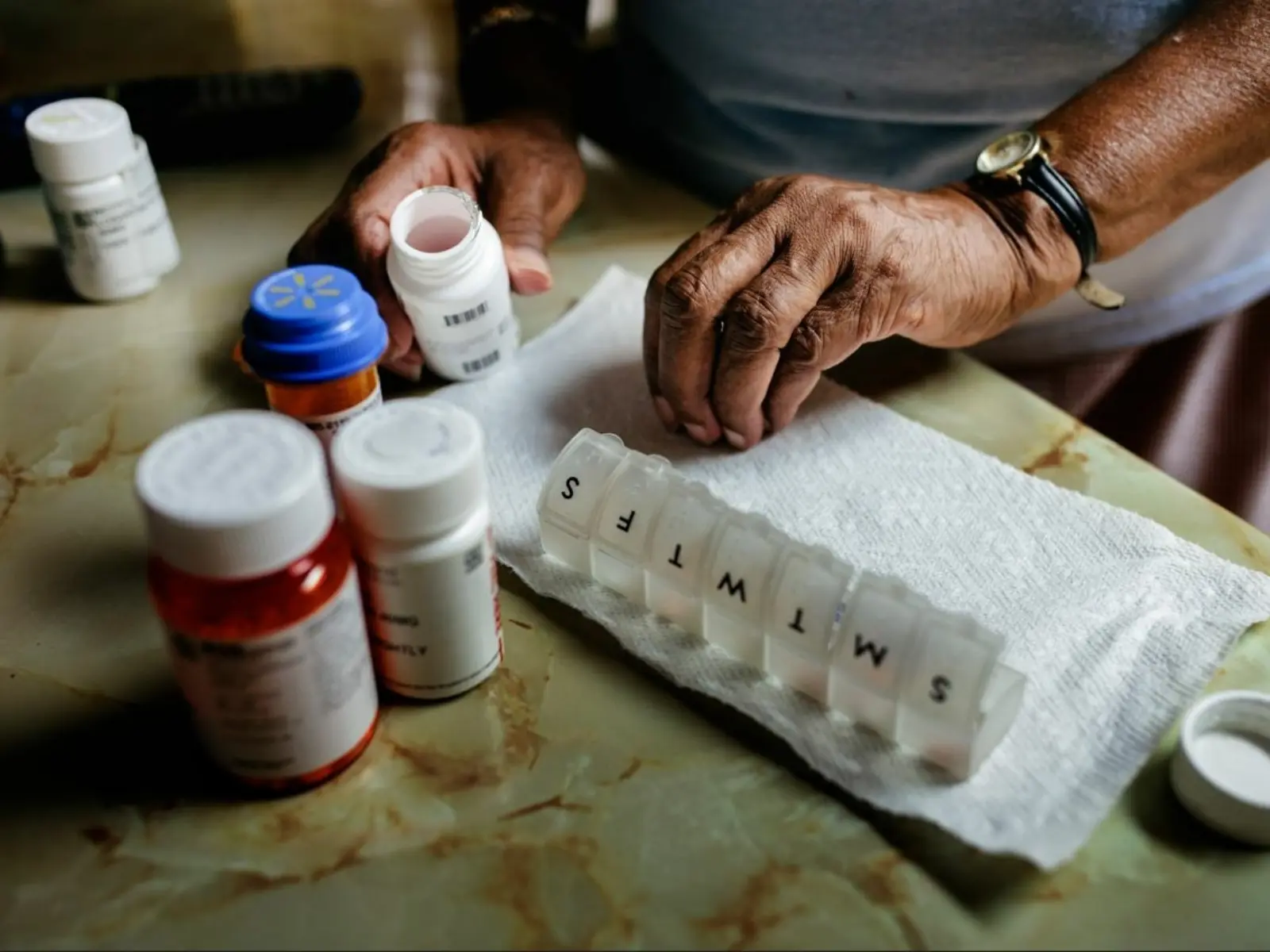March 23, 2020 marked the 10th anniversary of the passage of the Affordable Care Act (ACA). The milestone of such an important piece of legislation has been rightly celebrated – an issue of Health Affairs was dedicated to the topic, even in the midst of a global pandemic. While the ACA is most noted for its extension of health insurance coverage to millions of uninsured individuals, it also included a number of provisions that modified the prescription drug market. In particular, the ACA included the Biologics Price Competition and Innovation Act (BPCIA), which is critical to making the biologics market more competitive and in turn, more affordable.
The BPCIA created the biosimilars pathway in the United States and theoretically opened the floodgates of competition for the $100+ billion biologics market. With this pathway, it was believed that the U.S. would finally see the savings that the generic market has generated for small molecule drugs after the passage of the Hatch-Waxman Act in 1984. Unfortunately, the decade since has only seen the commercial launch of 15 biosimilar products and modest savings at most, prompting some to call for the elimination of the pathway itself in favor of more radical options. Before overhauling the pathway, it is important to take a step back and understand where we are in the development of this pathway.
The doom and gloom surrounding the 10-year-old pathway often draws on two comparisons: the booming generic small molecule industry and the European experience with biosimilars. Both of these comparisons need some caveats.
While it is true that the generic industry is largely thriving in the U.S. – generics represent about 90% of all prescriptions written today – the industry took time to develop and mature. While the Hatch-Waxman Act may have helped stabilize the generic industry, the generic dispensing rate was 18% in 1980, four years before the law was passed. By 1997, 13 years after Hatch-Waxman, generics represented only 30% of all prescriptions.
The European example is more direct. The European Medicines Agency (EMA), the European Union (EU) equivalent of the U.S. Food and Drug Administration (FDA), first created its biosimilar pathway in 2005 and approved its first biosimilar in 2006. That gave the European market a 5‑year head start on the pathway and a 9‑year head start on approved products relative to the U.S., where the FDA approved the first U.S. biosimilar in 2015. Many European countries also have the benefit of centralized purchasing at a national level. This means that if a lower-cost product is available, an entire country can be moved to it all at once. The fragmented payment system in America means adoption will naturally be slower and more uneven as biosimilars compete across thousands of health plans.
Biosimilars still face resistance in the U.S. Patent thickets in the U.S. mean that many approved biosimilars can’t even come to market, and once they do, structural issues and anticompetitive gaming within the U.S. reimbursement system present challenges for uptake. Biosimilars, if they are approved, marketed and covered, also face a final challenge – patients and providers may be skeptical of moving away from branded products. This is the same challenge the generic industry faced early on and may be exacerbated by misinformation by the brand industry. For biosimilars, it means that after 10 years, these products only represent 1% of biologic sales volume.
But by making common sense changes to encourage competition, the biosimilar industry 10 years from now may finally start to resemble the European market or the American generic industry. Before radical changes are made, it’s important to remember that BPCIA is only 10 years old, and if we rely on history we need to nurture the biosimilar pathway and allow it more time to develop.
















